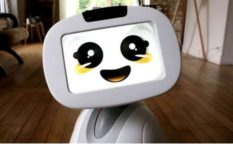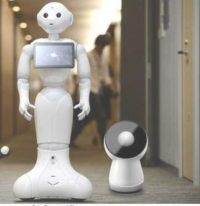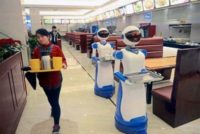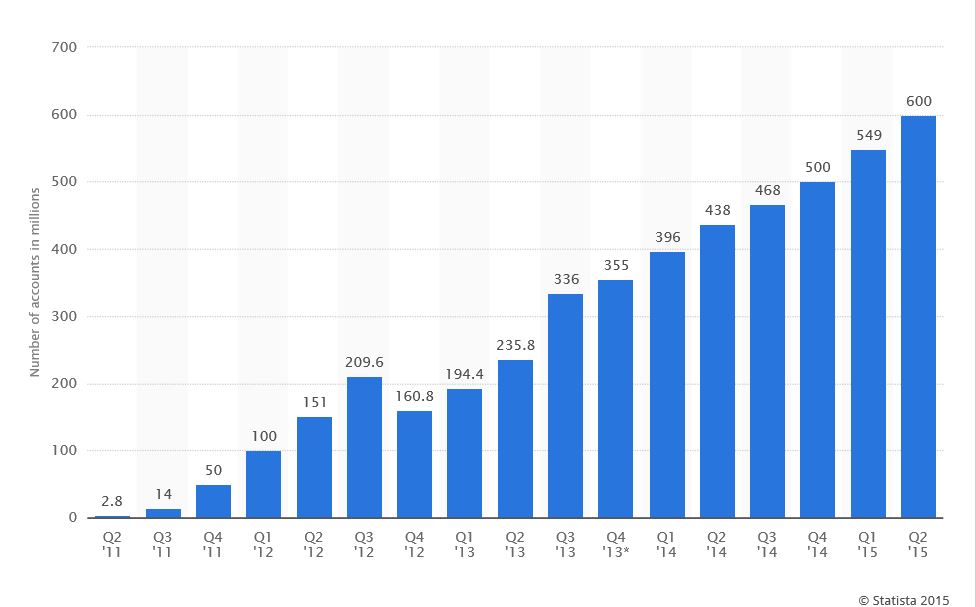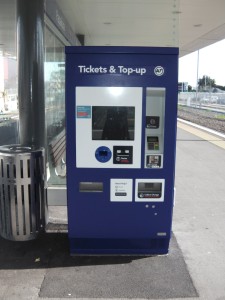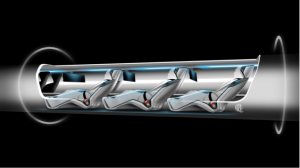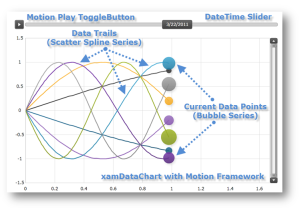The advances of cloud computing and big data technologies, along with the steep drop of the price points for storage solutions, certainly have promoted an astronomical increase of the amount of data each individual and company accumulate today. Each individual could easily create, collect and store more than 500 GB of data. With billions of population on earth, understandably in a few years there will be Zetabytes (1 ZB = 1 trillion of GBs) of data on the planet. These data are also merged, linked and populated in numerous ways. Who should be the owner of these data? If one day we are asked to find a specific set of data among all the data we currently have, how much cost would that be? The total human and computational cost of maintaining and handling these data is definitely not a trivial issue although most of us seem to be happy today on just how easily we can collect more data.
In TriStrategy’s early blogs on The Positioning of Public Cloud Services, we mentioned that “Data to cloud computing is the water to natural clouds in the sky, flowing in and out in various forms.”. It is more so than ever. We are in a giant ocean of data. These data are not discrete, but intricately fluid entities. One small set of the discrete new data will soon disperse into the ocean like one piece of dye.
Although big data solutions provide various ways to divide and conquer these data for analysis and intelligence, our perspectives on how to view data haven’t changed much. We may be facing some serious challenges today in multiple areas such as storage and computation, security and privacy, retention and elimination, etc., but soon we will be debating on another level, on the ownership, the guardianship, the legal and ethical issues, and perhaps the philosophical meaning of data?

